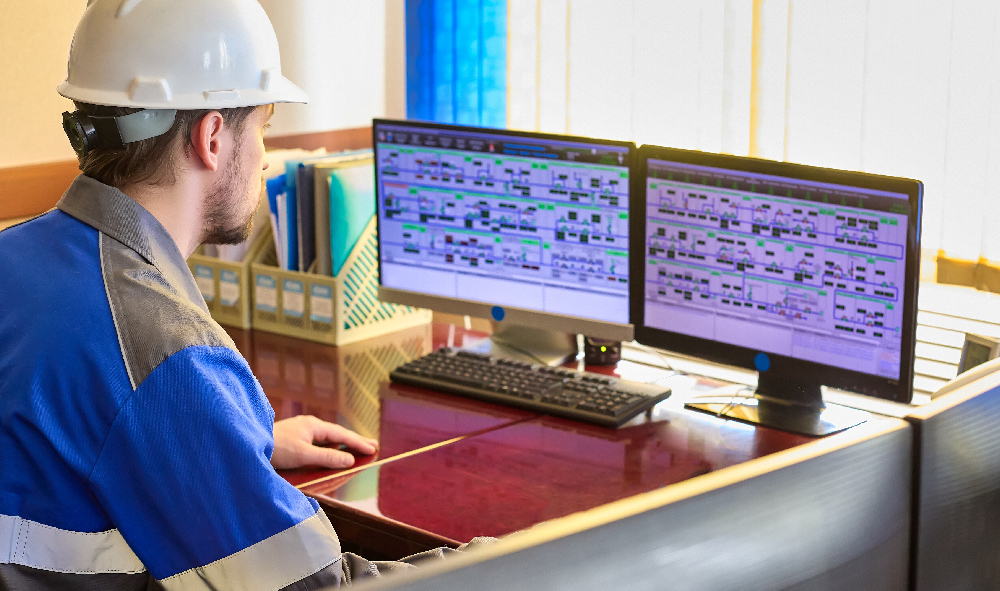Put your Fibre on the Fast Lane with the Fibre Design Framework (FDF) and get deliverables right the first time
As per Research & Market, the global Fibre-to-the-Home/Building (FTTH/B) market is projected to reach US$29.7 B by 2026, growing at a CAGR of 13.1%. Considering such enormous growth and demand for fibre, efficient and commercially viable fibre planning and design is becoming incredibly important.
However, fibre operators face several challenges in Plan and Design phase that lead to budget overruns, missed deadlines, and loss of competitive edge. Here are some challenges:
- Skill shortage: Slows down the fibre rollout
- Manual work: Takes longer duration due to multiple hand-offs and paperwork in the High-level Design (HLD) and Low-level Design (LLD) stages
- Unstandardized designs: Leads to quality/consistency issues in templates and documents
- Unstructured work culture: Generates incorrect/missed field inputs
To overcome these challenges, fibre operators must consider ways to automate the key fibre design processes. The Fibre Design Framework (FDF) discussed in this Insight can bring high levels of automation in the fibre design process, and accelerate rollout time by 2X. The framework encompasses key components such as –
- Automated HLD generator: Create an automated high-level design with defined design standards and parameters
- Task Collaborator: Manage workflows digitally, collaborating tasks across multiple teams, and systems
- Field Navigator: Capture video-enabled field inputs across existing and planned design network elements
- Quality Gateways: Integrate quality management gates at crucial junctures
Fibre planning and design has become critical to achieve rollout targets, amid strong growth posted by the Fibre-to-the Home/Building market estimated at 13.1% this year.

